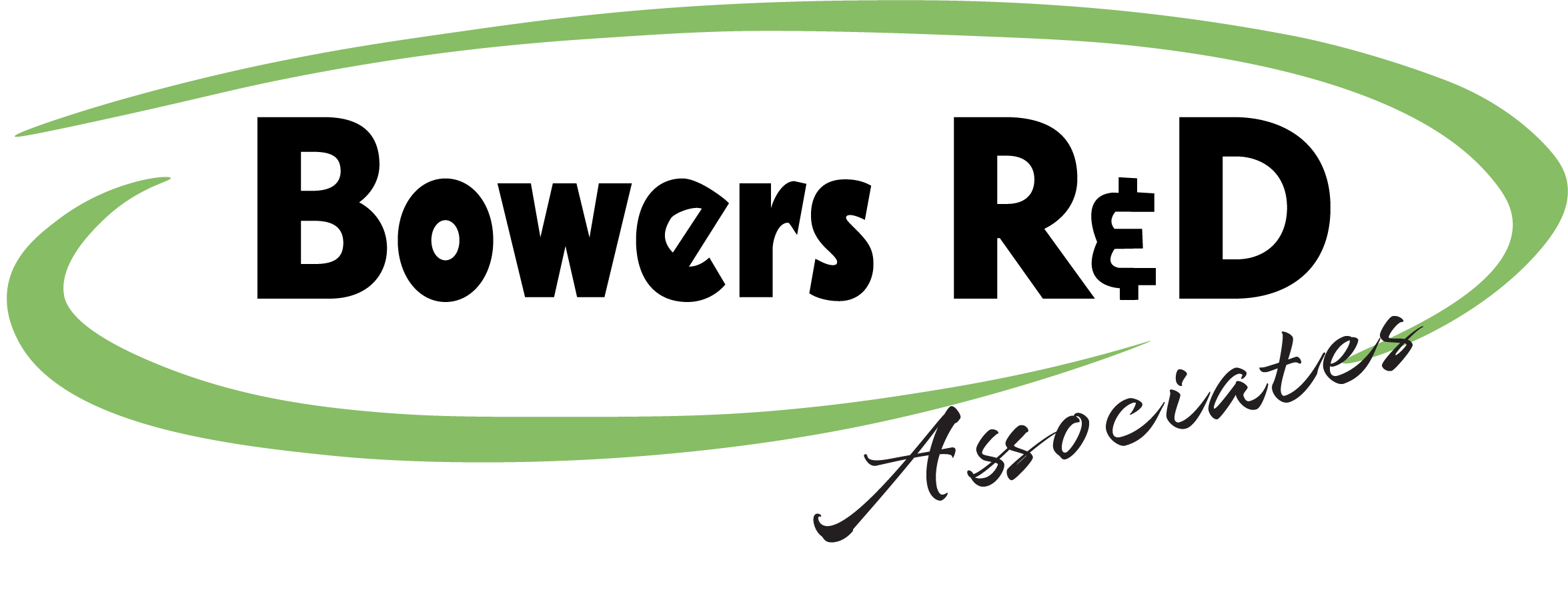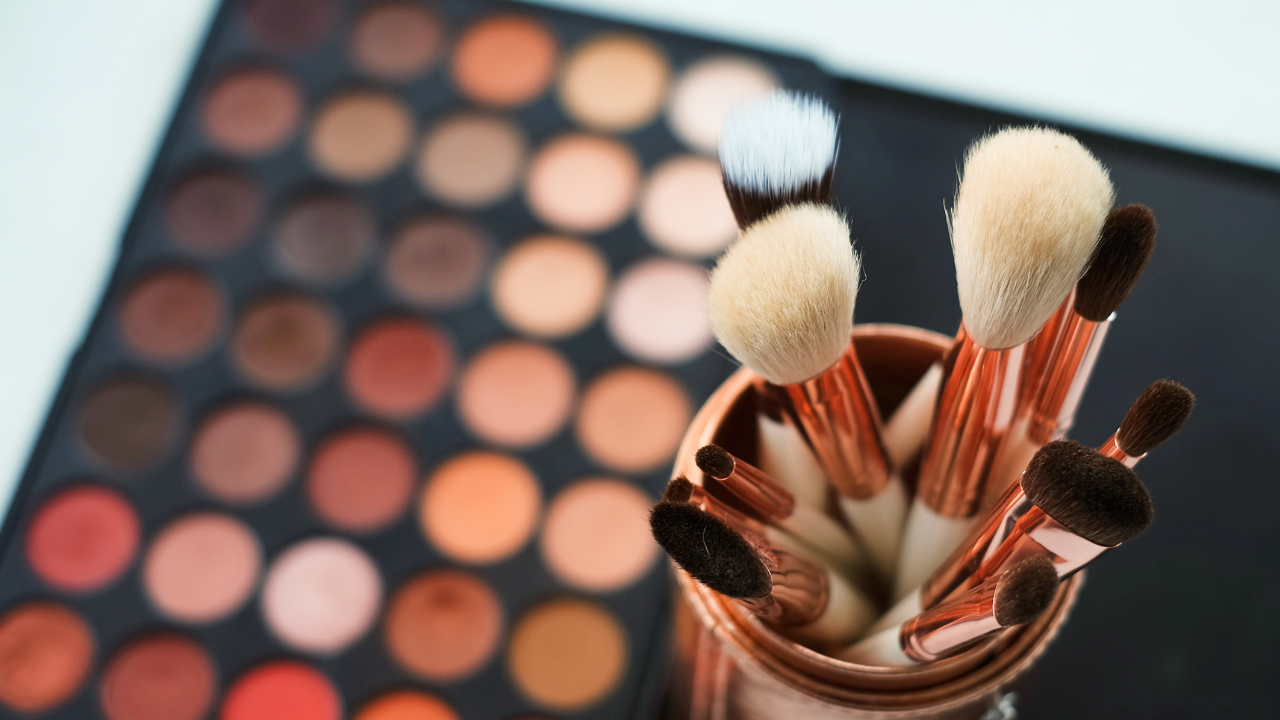With a Federal and state research and development (R&D) tax credit, cosmetic companies could recoup over 10% of research costs.
The cosmetic industry is constantly whirling with innovation and creativity. Due to the cost of developing new make-up, oral, and skin care products, R&D tax credits allow cosmetic companies to remain competitive.
Unfortunately, many beauty entrepreneurs are unaware of this financial tool. Keep reading to learn how a federal R&D tax credit can boost your business and how to get a state R&D tax credit too.
What is an R&D Tаx Credit?
R&D tax credits are a reward for companies spending money on new product development. These credits are available at the Federal and state level. Incredibly useful tools, you can use these R&D credits to reduce your tax burden.
For example, if you run a cosmetic start-up developing unique formulas for a range of halal beauty products, you could put your Federal R&D credit towards your payroll tax expenses.
On the other hand, companies that have been in business for quite some time and are profitable can use the Federal tax credit to reduce their business income tax. Both new and established companies can choose to carry the Federal credit forward 20 years.
Now, before you rush out to apply for a Federal R&D tax credit, you’ll need to familiarize yourself with the rules. The information below will help you determine if your company qualifies.
Federal R&D Tax Credit Requirements
Companies must pass a quick test before applying for a federal R&D tax credit. Do you qualify for an R&D tax credit? Answer these questions to find out. Has your company:
What are R&D Tax Credit QREs?
You can’t count every cost of running your business as a QRE. Only specific expenditures fall under that category. For example, the wages paid to employees conducting R&D activities count, but the air conditioning bill for your entire building would not qualify as a QRE.
You can’t claim general office supplies either; however, you can claim disposable supplies needed for the R&D process as a QRE. You can also claim 65% of the cost incurred by hiring an outside contractor for R&D work.
Let’s examine specific activities in the beauty industry that could be considered QREs.
Qualifying QRE Activities
Here’s a short list of potential QREs in the beauty industry:
- Exploring alternatives to animal testing
- Developing nontoxic make-up products
- Formulating new lines of environmentally friendly hair products
- Creating new chemical product formulations
- Designing environmentally packaging
- Generating prototypes of new products for testing
- Producing new skin care formulas
- Conducting quality аѕѕurаnсе tests
- Testing sustainability techniques
- Exploring new product tests and evaluations
While the specific R&D tasks your company is undertaking may not be on this list, remember that this is only a short breakdown of potential QREs.
No matter what types of R&D projects you’re undertaking, the Law Office of Holland King wisely advices that you keep detailed documentation throughout the process.
If you believe that you’re a fit for federal government tax credit, you may also qualify for your state’s R&D tax credit program.
Do States Offer R&D Tax Credits for Cosmetic Companies?
Like the Federal government, many states have R&D tax credits for cosmetic companies too.
Each state’s program is unique though so if you want to know how to get a Federal and state R&D tax credit, you should contact an R&D tax credit professional. If you discover that your state doesn’t offer an R&D tax credit program, you can always apply for the federal one.
Don’t let these great resources slip by. Contact the Bowers R&D Associates Research and Development Tax Credit Team today to discover much your credit could be.

